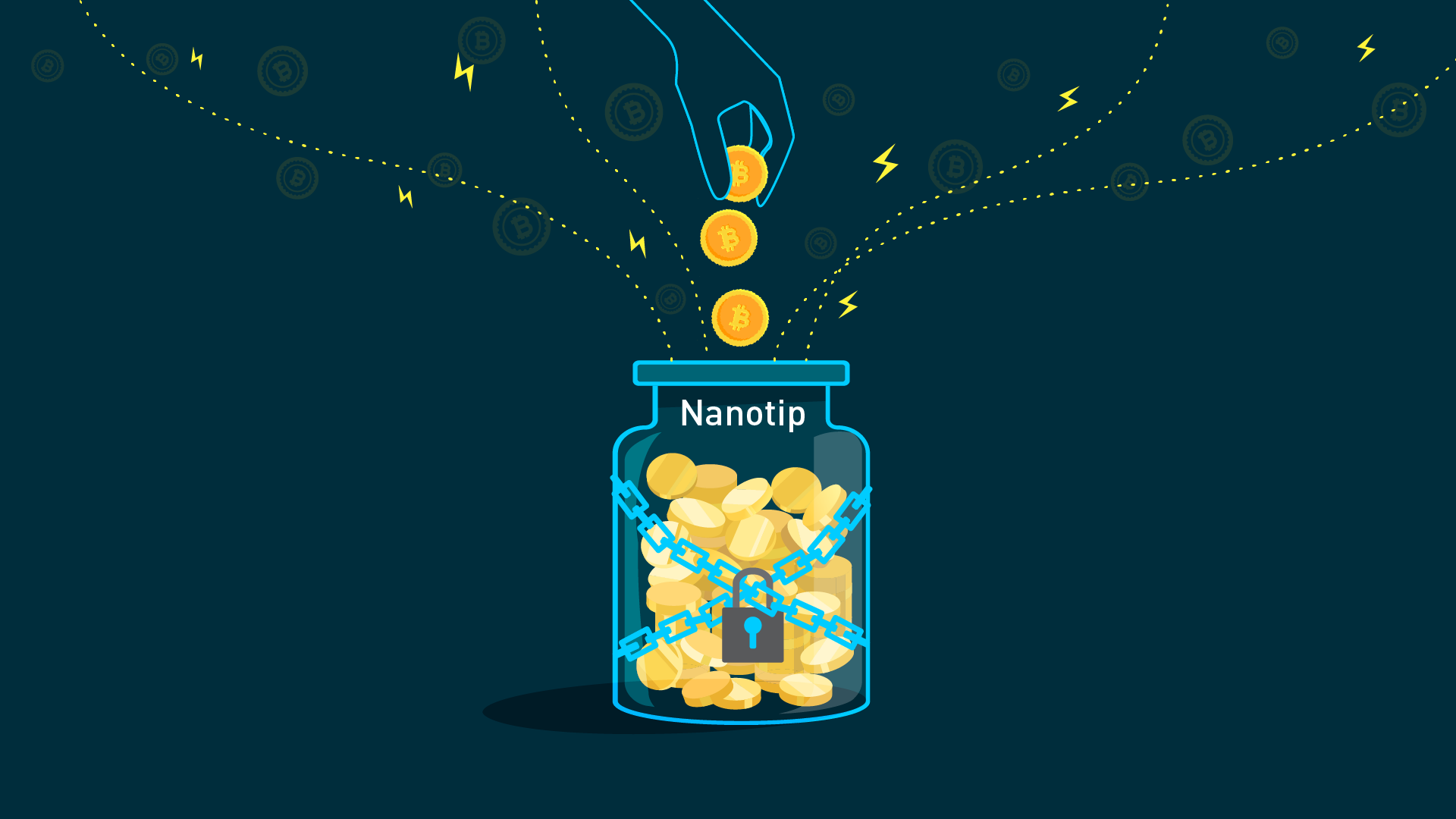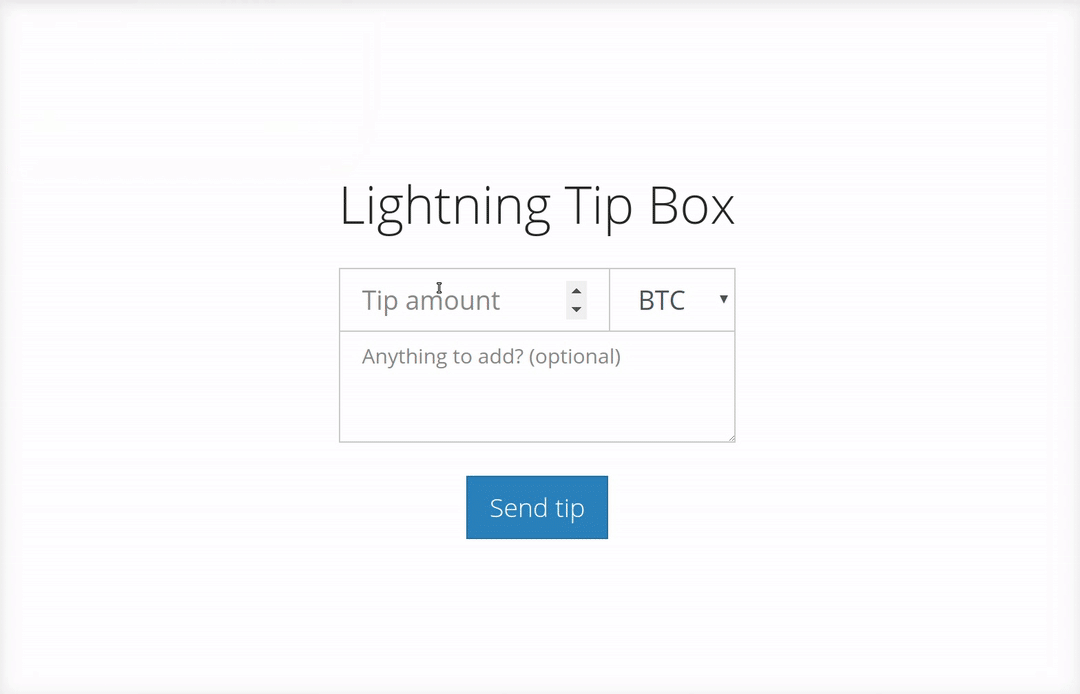
Tipping has become an important way to support content creation and other services on the internet. Bitcoin has been a great tool for this, improving creators’ control when they replace their classic digital tip jars. However, using a Bitcoin address for tipping comes with privacy implications due to Bitcoin’s inherent properties related to transparency. The longer a tipping address remains static, the greater the chance that correlation can occur, reducing the recipient’s pseudonymous privacy on the Bitcoin network.
Though the Lightning Network offers new possibilities for Bitcoin, tipping has been a difficult use case for it. Lightning relies on unique payment requests, stepping away from the static addresses that create privacy implications when tipping on Bitcoin, but simultaneously making it difficult to embed any sort of static tip request on a web page.
Now, Blockstream is excited to announce a solution for this problem with nanotip, the third in a series of new Lightning Apps (LApps) that use the power of the Lightning Charge micropayment processing system to test Blockstream’s c-lightning implementation of the Lightning Network.

The nanotip LApp solves Lightning’s payment-request problem for tipping by creating a simple web server that writes Lightning payment requests on the fly. It gives each content provider their own tip-bot, but does it in a way that keeps those creators in total control, while giving them stronger privacy than a classic Bitcoin tipjar. Meanwhile, patrons of a creator or service can choose exactly who and how much they want to tip and will receive a Lightning invoice to do so with lightning speed.
We invite you to give nanotip a try. Use it to experiment with combining c-lightning and Lightning Charge on testnet to collect micropayments for content or services, in preparation for the c-lightning beta release; or test drive it to get a feel for how to use Lightning Charge. All that you need to get started is a testnet node, a Lightning Charge server, and the nanotip LApp.